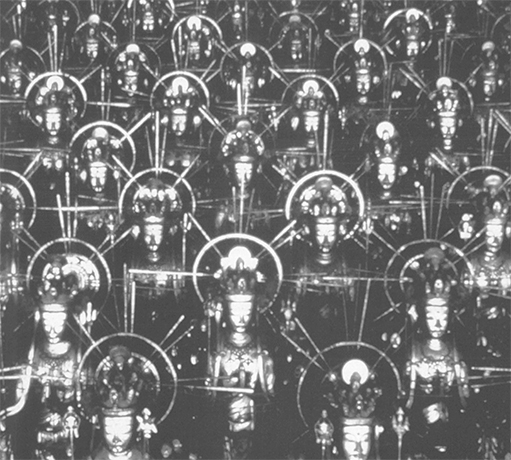
A brief survey of the region in the first six months of the year 2000 reveals a Pacific Rim that seems more difficult to encapsulate than it may have seemed when preparing for the first Asia-Pacific Triennial some ten years earlier.
Happily, many of those difficulties have arisen from the fact that, a decade on, Australians involved in the visual arts have grown steadily more aware of the depth and complexity of the region. It's no longer simply part of a generic 'Asia' that lies somewhere, inscrutably beyond our shores. The richness of such complexities has been brought to us first-hand through a range of interactions with artists from the region. Events like ARX in Perth, the Asia-Pacific Triennial of Contemporary Art in Brisbane and residencies and projects sponsored by Asialink have been pivotal in fostering such interactions.
Many personal relationships established during such art events have continued beyond Australia in a range of other interactions throughout the region that include festivals, forums and exhibitions. Accounts of a few of these are included in this edition of Artlink.
Presently the region seems characterised by change: uprisings and coups, challenges to traditional authorities, and in Australia, the resurgence of a conservatism that would not have seemed possible at the beginning of the decade.
Familiarity with cultures in the region has generated a realisation of the need for new cultural counterpoints as means for not only understanding the past, but also for negotiating the present and for preparing ways for interactions in the future. The direct interactions with artists and communities throughout this region have provoked a level of understanding and awareness that would not have been possible otherwise. Through these first-hand exchanges the daily news coverage of the region somehow now seems more directly relevant; the events seem to be closer to home as they affect colleagues, friends, communities and families that have become tied to our own.
It is a way of constructing a concept of 'region' that goes beyond economic ties, and it is one that will wilfully continue to grow in Australia despite the numbing lack of vision that characterises the politics of this time.












